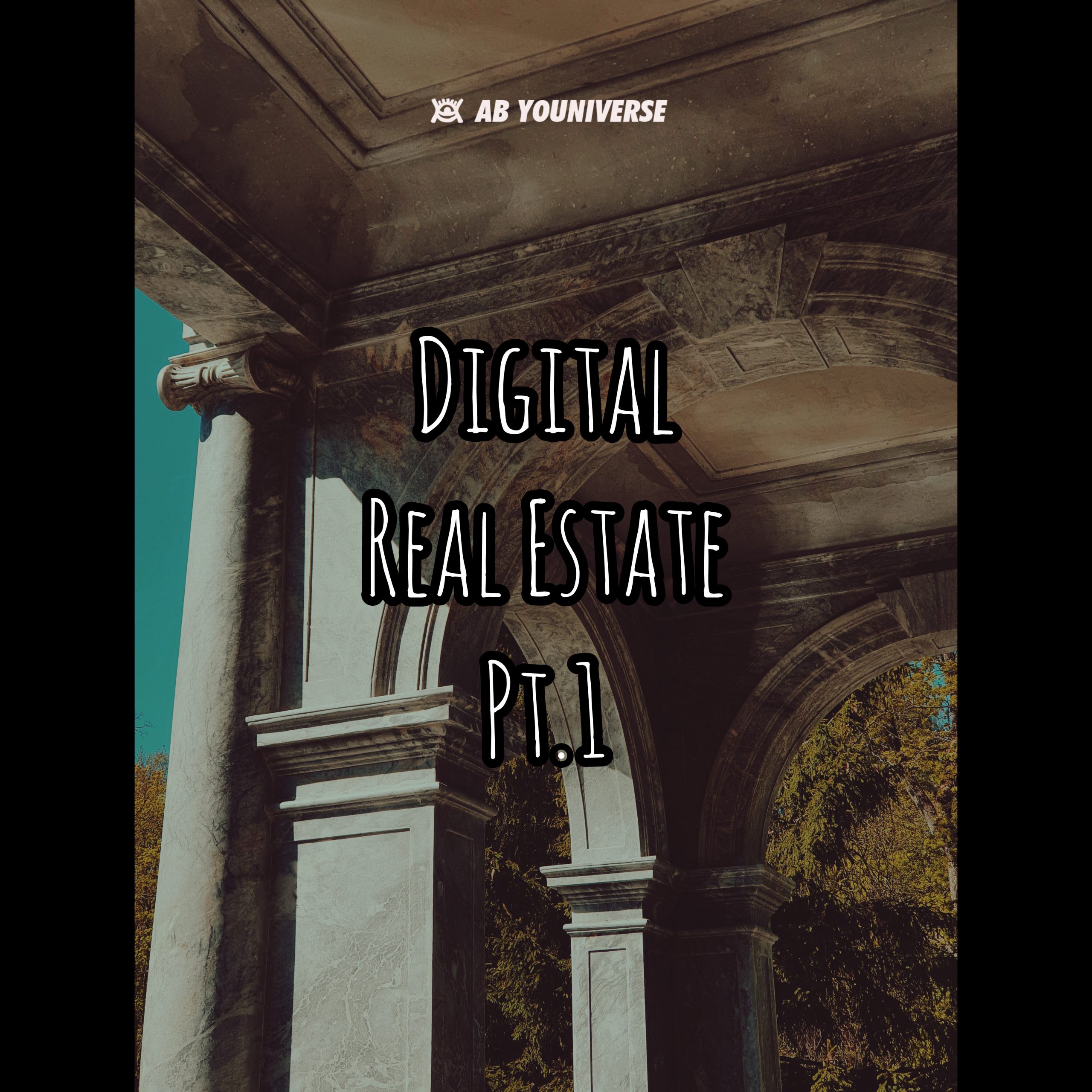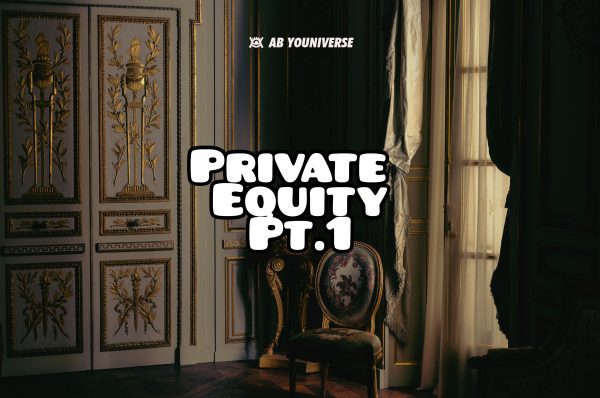Digital Real Estate pt.1
In today’s ever-evolving digital landscape, owning digital real estate has become increasingly valuable for individuals seeking multiple streams of income. One asset in particular that has experienced significant growth in the digital space is art.
Art has long been regarded as a valuable asset, appreciated for its beauty and cultural significance. However, with the rise of digital platforms and marketplaces, art has become an asset that generates multiple streams of income for its owners. Digital real estate can take different forms, such as online galleries, digital art marketplaces, social media platforms, and NFTs (non-fungible tokens).
One significant advantage of owning digital art is that it doesn’t depreciate in value like physical art. Unlike a physical painting that can be damaged or destroyed, digital art can be easily replicated and preserved indefinitely, making it a reliable source of income for artists and collectors alike.
Digital art can generate income through sales, licensing, and royalties, allowing artists to monetize their work in a multitude of ways. This is especially beneficial for emerging artists who may struggle to sell their work through traditional channels or galleries.
Moreover, digital art can reach a global audience, expanding its potential market and increasing its income-generating potential. With the growth of online marketplaces and the rise of NFTs, digital art sales have reached unprecedented levels, further highlighting the value of digital real estate in the art world.
In a world where everything is becoming increasingly digital, owning digital real estate, such as digital art, has become an essential element for those seeking to diversify their income streams. Art remains an asset that holds value and appreciation, but its digital form presents endless possibilities for artists and collectors alike.



